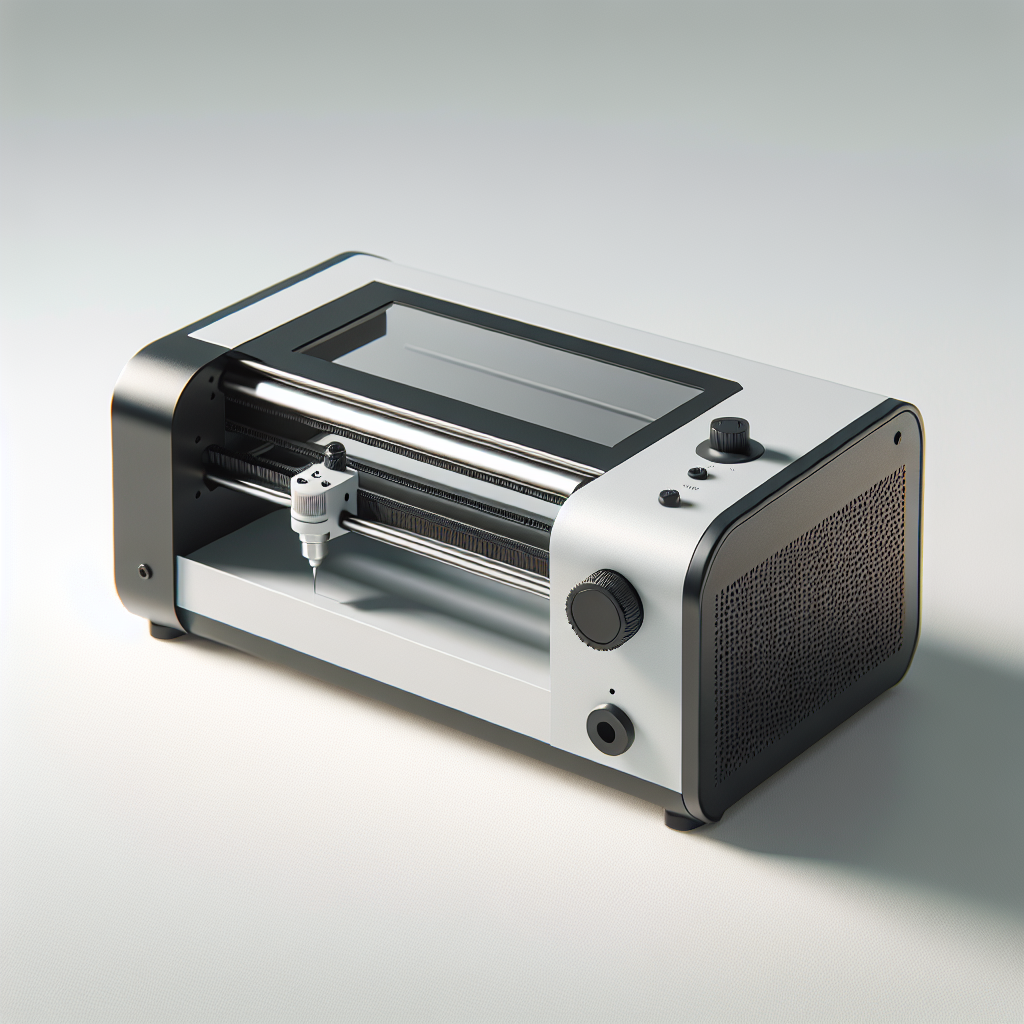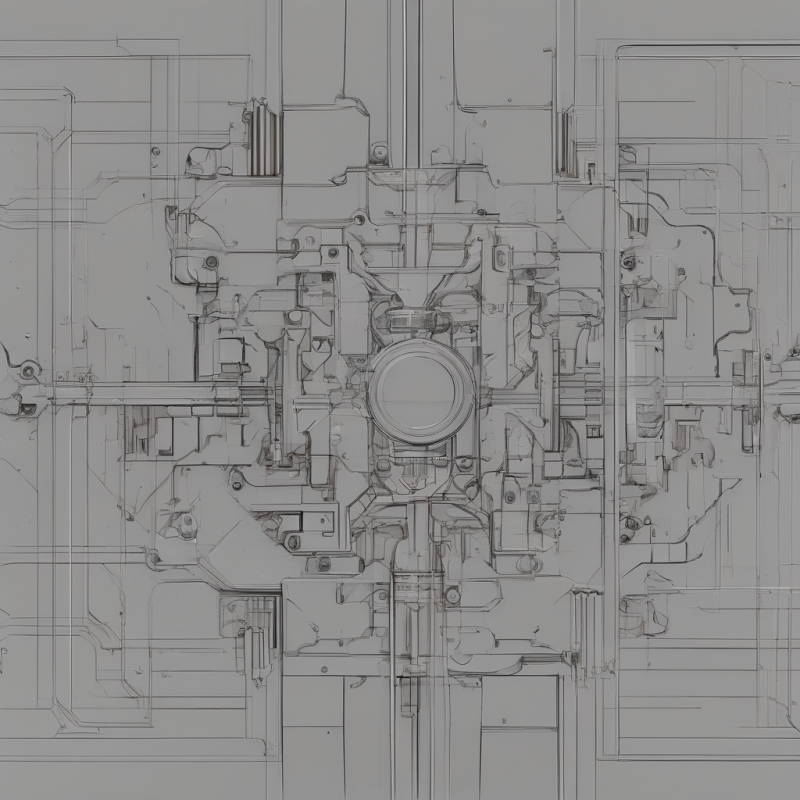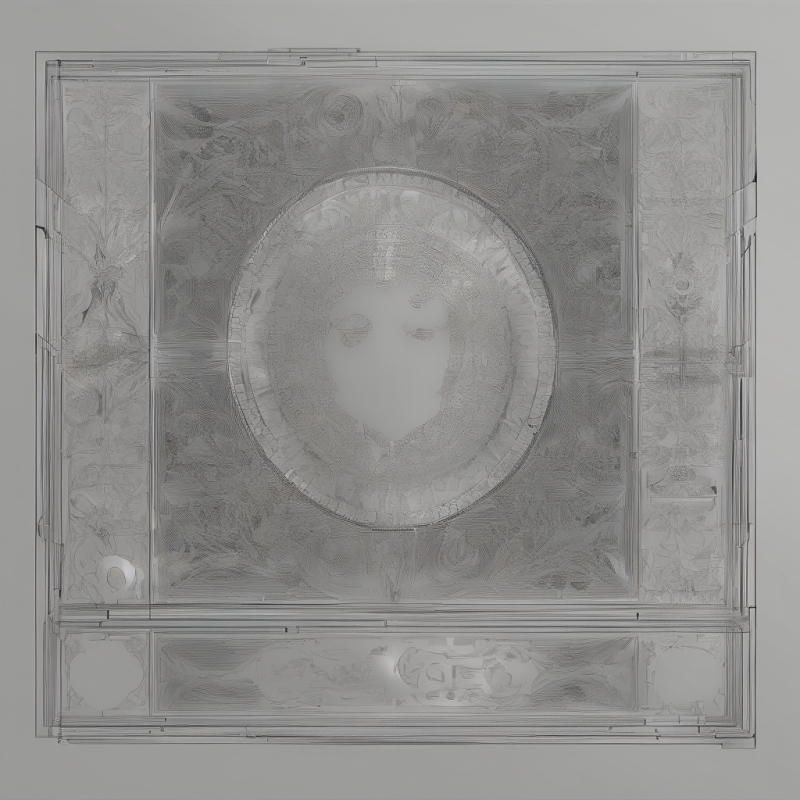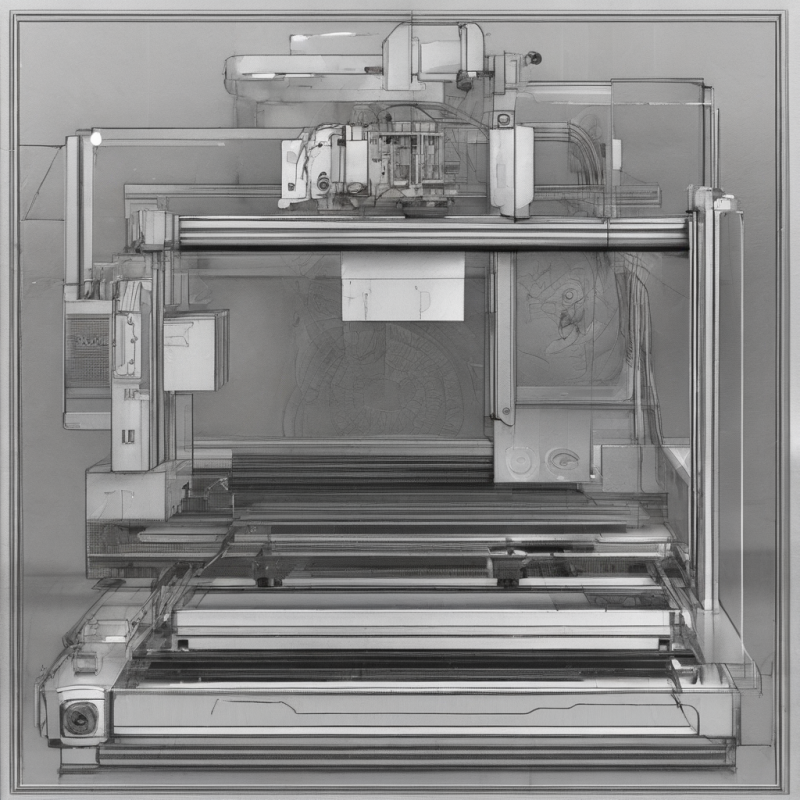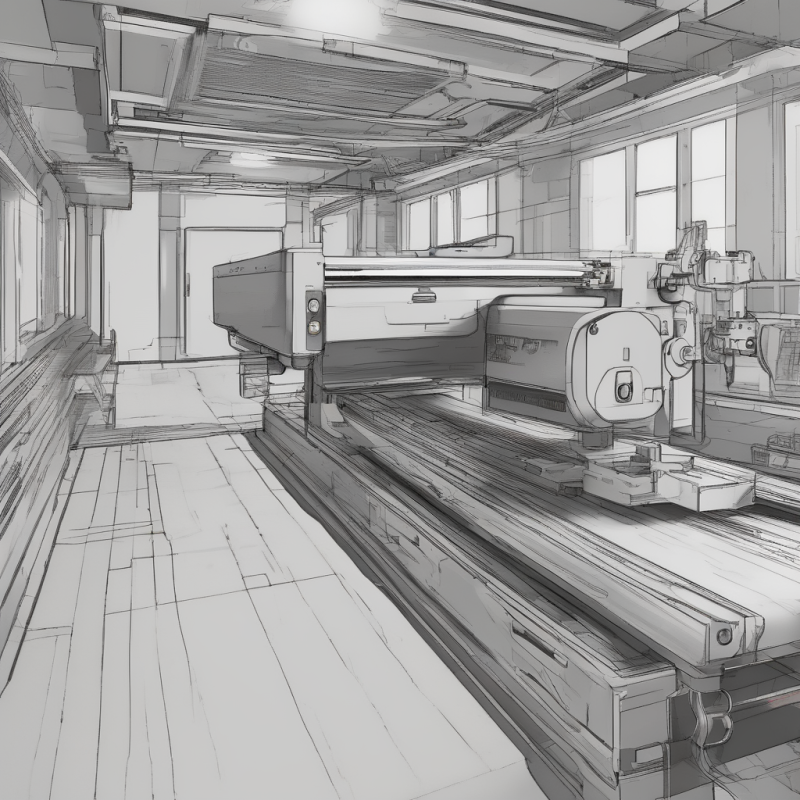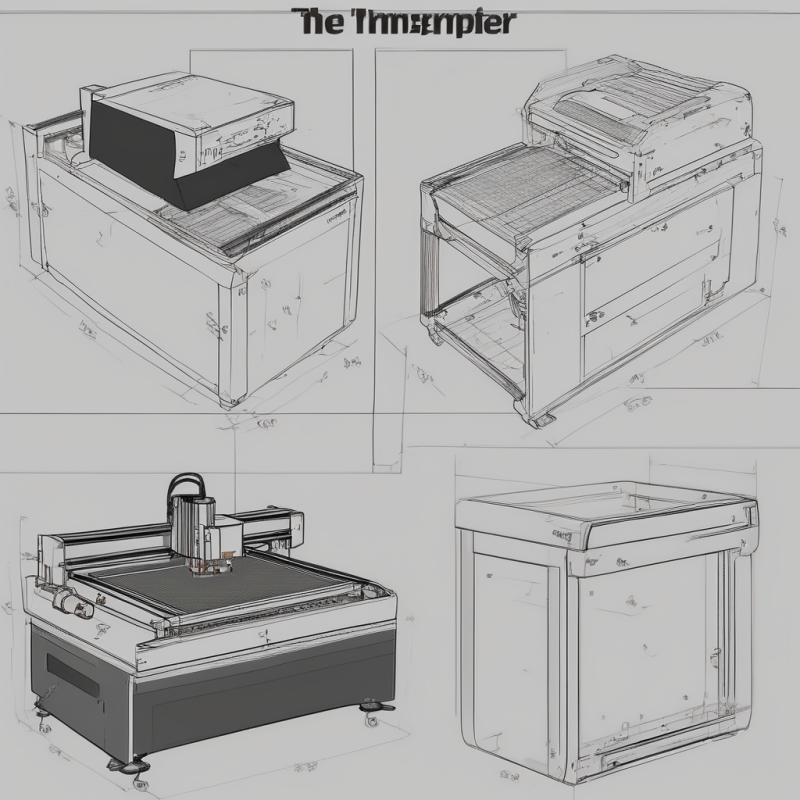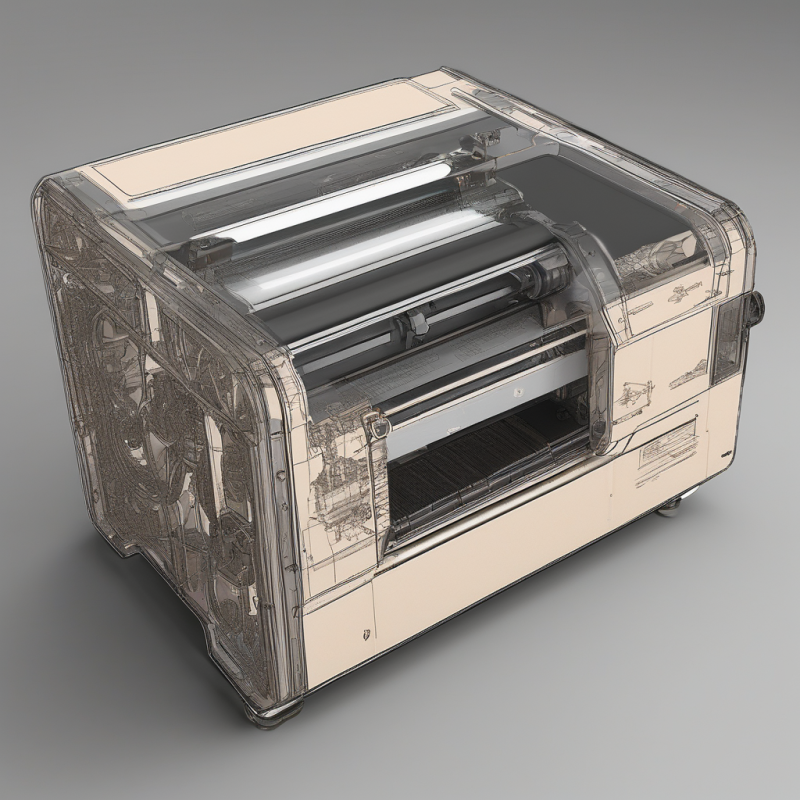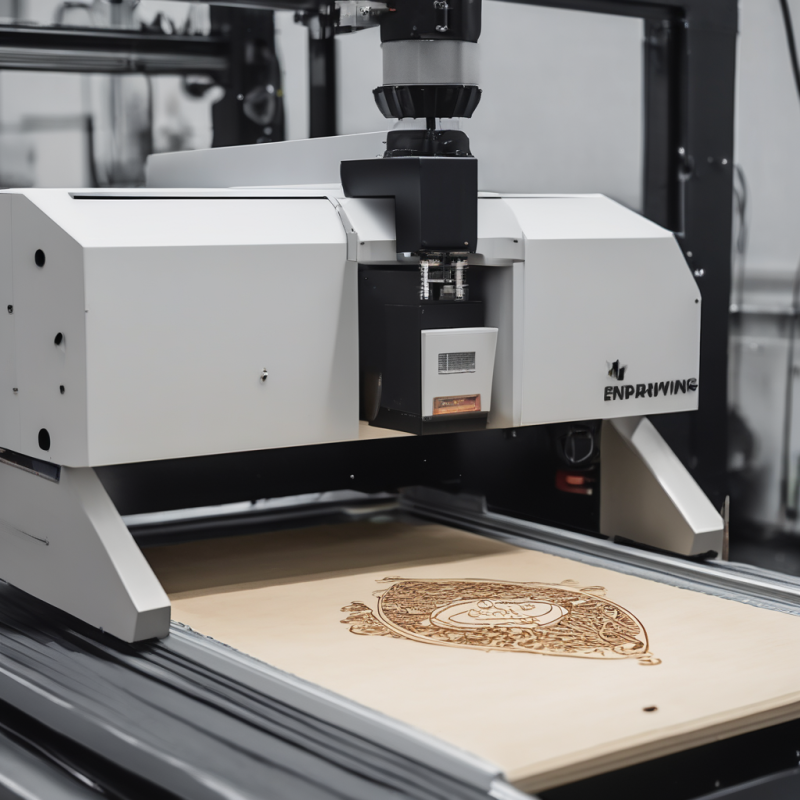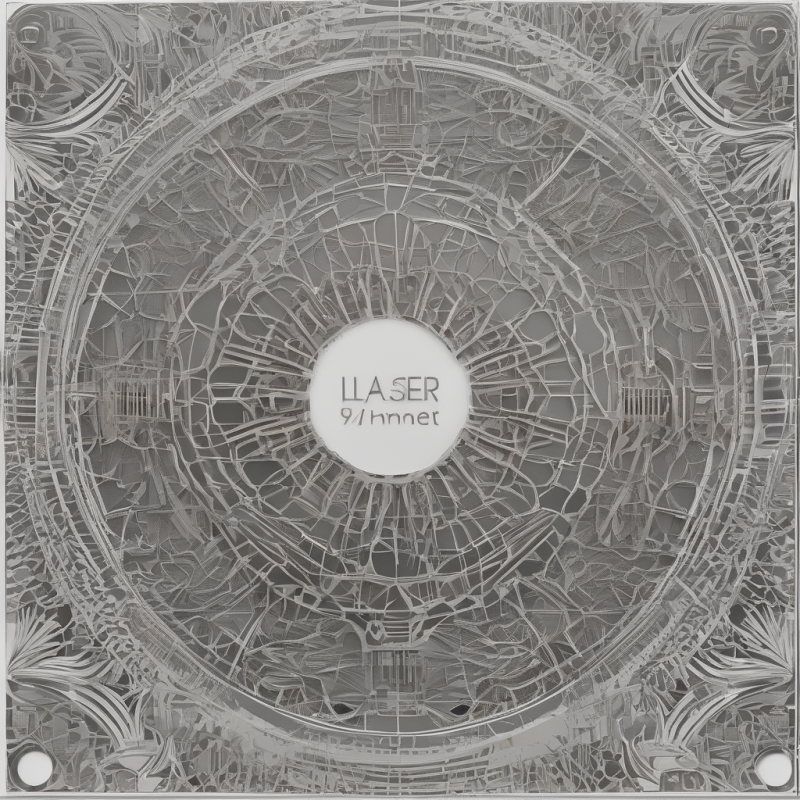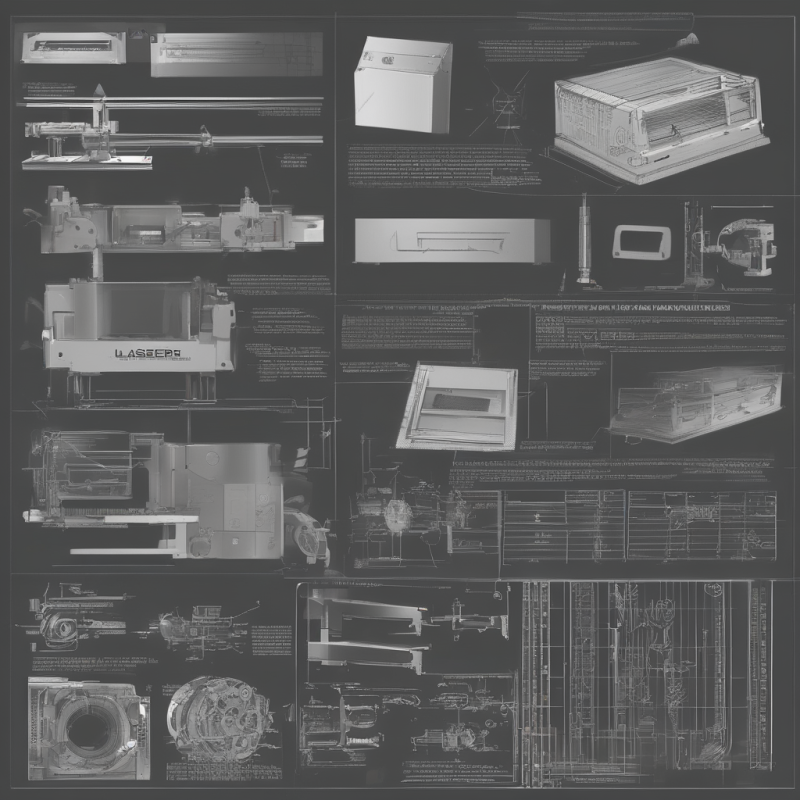Transforming Art into Reality: AI-Powered 2.5D Illusions for Laser Engraving
Imagine a world where art transcends the boundaries of traditional flat surfaces, bringing depth and dimensionality to laser-engraved designs. This is not just a vision; it’s a reality made possible by advancements in artificial intelligence (AI). In this article, we explore how AI is revolutionizing the creation of 2.5D illusions, enhancing the precision and creativity of laser engraving projects. Whether you’re a hobbyist or a professional artist, understanding the role of AI in this process can open new avenues for your artistic expression.
What Are 2.5D Illusions?
2.5D illusions are visual effects that create an illusion of depth and dimensionality on a flat surface. Unlike full 3D models, which require physical depth, 2.5D illusions achieve this effect through clever use of shading, perspective, and texture. This technique has become increasingly popular in laser engraving because it allows artists to add intricate details and lifelike realism to their designs without the need for complex three-dimensional modeling.
For example, consider a simple engraving of a landscape. By using 2.5D techniques, an artist can create the illusion of hills rolling into the distance, trees receding into the background, and rivers winding through the scene—all on a flat piece of wood or metal. The result is a design that captivates the viewer’s eye, drawing them into the artwork as if it were a window to another world.
The Role of AI in Creating 2.5D Illusions
AI has become an indispensable tool in the creation of 2.5D illusions for laser engraving. By leveraging machine learning algorithms, artists can now generate highly detailed and realistic designs with unprecedented ease. How does this work? AI software analyzes vast amounts of visual data to understand patterns, textures, and perspectives, enabling it to replicate these elements in a 2.5D format.
One of the most significant advantages of using AI is its ability to automate repetitive tasks. For instance, creating intricate shading patterns or perspective corrections can be time-consuming when done manually. With AI, artists can input their designs into specialized software, which then applies these effects automatically, saving hours of work and reducing the risk of human error.
Moreover, AI tools are capable of generating entirely new designs based on user inputs. Whether you provide a simple sketch or describe your vision in words, AI can interpret this information and produce a highly detailed 2.5D illusion tailored to your needs. This level of customization is particularly useful for laser engraving projects, where precision and uniqueness are paramount.
Applications in Laser Engraving
The integration of AI with laser engraving technology has opened up a world of possibilities for artists and crafters alike. From personalized gifts to large-scale decorative pieces, the applications of 2.5D illusions in this field are limited only by imagination.
One popular application is customized home decor. Imagine adorning your walls with engravings that depict scenes from nature, historical events, or even abstract art. These designs, enhanced by 2.5D techniques, bring a sense of depth and realism that makes them stand out. Whether it’s a wooden wall panel or a metal sculpture, the impact is undeniable.
Another area where 2.5D illusions shine is in product customization. Businesses can use laser engraving to create unique branding elements, such as logos or product labels, that catch the eye and leave a lasting impression. This technique is particularly effective for high-end products, where attention to detail and quality are essential.
To explore these possibilities further, consider visiting , a resource dedicated to laser cutting and engraving projects. Here, you can find inspiration, tips, and tools to help you bring your 2.5D designs to life.
Challenges and Limitations
While AI has undoubtedly transformed the creation of 2.5D illusions, it’s important to acknowledge the challenges that come with this technology. One major limitation is the need for high-quality input data. For instance, if you’re using a photograph as the basis for your design, any imperfections or lack of detail in the image can affect the final result.
Additionally, while AI can automate many tasks, it still requires human oversight to ensure that the output meets artistic standards. This means that artists must be familiar with both traditional design principles and the capabilities of AI tools to achieve the best results.
Future Trends
As technology continues to evolve, we can expect even more exciting developments in the realm of AI-generated 2.5D illusions for laser engraving. One promising trend is the integration of augmented reality (AR) into the design process. By visualizing designs in AR, artists can preview how their engravings will look in real-world settings before committing to a project.
Another area of growth is the use of AI for dynamic designs, which adapt to changing environments or viewer perspectives. For example, an engraving could shift its appearance slightly when viewed from different angles, creating a constantly evolving visual experience.
Conclusion
The fusion of artificial intelligence and laser engraving has ushered in a new era of artistic possibilities. By enabling the creation of 2.5D illusions, AI allows artists to push the boundaries of traditional design, producing works that are both visually stunning and deeply engaging.
If you’re ready to explore this cutting-edge technology for your own projects, consider checking out resources like to learn more about the tools and techniques involved. With AI on your side, there’s no limit to what you can create—so why not start your journey today?
ai to make picture to 2.5d ilussion for laser engravingai to make picture to 2.5d ilussion for laser engraving

